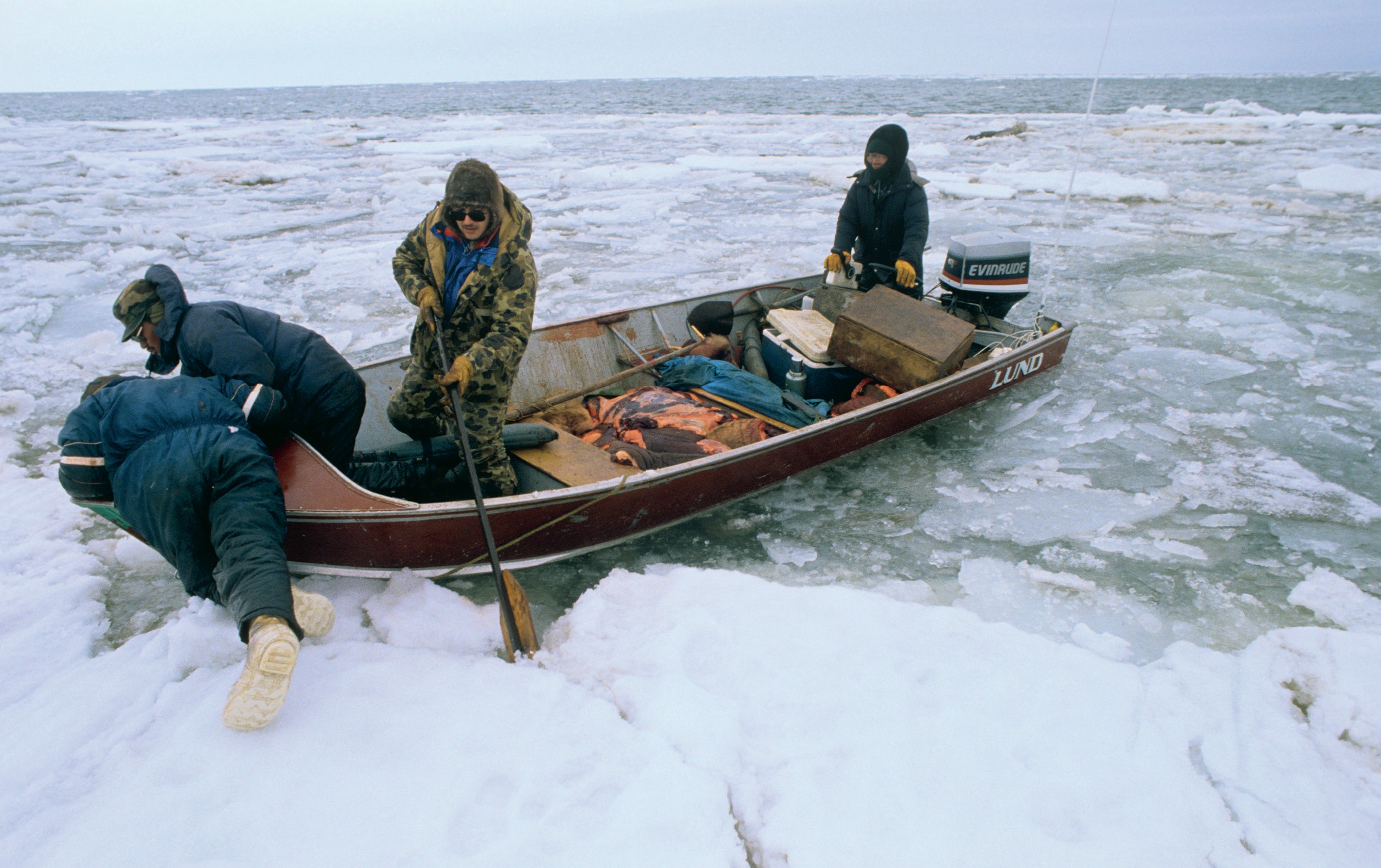
The United Nations (UN) estimates that water stress alone could displace 700 million people by 2030 and the World Bank states that there could be 216 million internal climate migrants by 2050. These are people who have to move away from their homes due to climate change.
Global temperatures have risen, on average, by around 1°C since 1900 (at the time of writing). However, this temperature rise is not evenly distributed. Since the year 2000, temperatures in the Arctic have risen by at least twice the global average. This has had a dramatic impact on life for indigenous communities in the Arctic region. Climate change has also caused sea levels to rise by 13–20 cm since the beginning of the last century. For many coastal communities, this is an unmanageable change. This article shares three examples of contemporary life which has become significantly affected, often permanently, by the impact of climate change.
Your organisation does not have access to this article.
Sign up today to give your students the edge they need to achieve their best grades with subject expertise
Subscribe




